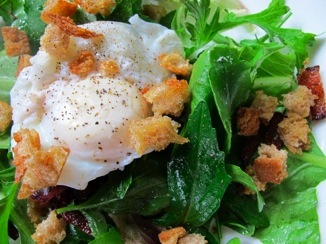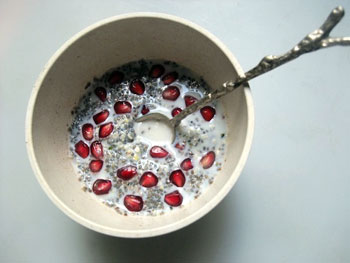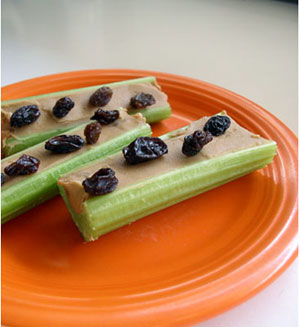 So there we are, my two children, my ex-husband and his side of the family sitting at the table. All adults ranging in age from 20 to 70. Dinner is over, I am paying
no attention to the conversation at the far end of the table when I see
my nephew approaching with a bathroom scale. I have no idea what
instigated this, but it apparently involves a discussion about
someone's weight. (Not mine, I assure you.)
So there we are, my two children, my ex-husband and his side of the family sitting at the table. All adults ranging in age from 20 to 70. Dinner is over, I am paying
no attention to the conversation at the far end of the table when I see
my nephew approaching with a bathroom scale. I have no idea what
instigated this, but it apparently involves a discussion about
someone's weight. (Not mine, I assure you.)
Now that he has our attention, my nephew puts the scale on the floor next to the table, steps on -- and tells the assembled group how much he weighs. Mind you, this is AFTER dinner, not before, and we have all just consumed excessive amounts of bread, pasta, and other carbohydrates.

 So folks are embracing “Meatless Mondays” – from L.A. Mayor Antonio Villaraigosa (maybe he’s also embracing meatless policies) to celebrity chef Mario Battali (who might consider some meal-less mondays – I know, I know, who am I to talk), but what about “Meatless Mostdays?” That’s what’s getting embraced around my house,
So folks are embracing “Meatless Mondays” – from L.A. Mayor Antonio Villaraigosa (maybe he’s also embracing meatless policies) to celebrity chef Mario Battali (who might consider some meal-less mondays – I know, I know, who am I to talk), but what about “Meatless Mostdays?” That’s what’s getting embraced around my house, I love breakfast, but I also find it the easiest meal to skip. I get bored with traditional breakfast foods like eggs and cereal and pancakes day after day. Sometimes I eat leftovers from the previous night's dinner for breakfast but more frequently I just skip it entirely. I know skipping breakfast is not a good idea and so I'm always looking for tasty breakfast solutions, especially ones that take little time to prepare.
I love breakfast, but I also find it the easiest meal to skip. I get bored with traditional breakfast foods like eggs and cereal and pancakes day after day. Sometimes I eat leftovers from the previous night's dinner for breakfast but more frequently I just skip it entirely. I know skipping breakfast is not a good idea and so I'm always looking for tasty breakfast solutions, especially ones that take little time to prepare. Catastrophe struck the other day. My kitchen drain backed up into the bathtub. Unfortunately the last thing I had cooked and washed down the sink was beets. Do you know what a white bathtub filled with red beet juice and bits of floating beet looks like? Let’s just say what follows will NOT be a recipe involving beets.
Catastrophe struck the other day. My kitchen drain backed up into the bathtub. Unfortunately the last thing I had cooked and washed down the sink was beets. Do you know what a white bathtub filled with red beet juice and bits of floating beet looks like? Let’s just say what follows will NOT be a recipe involving beets. I hate 3:00 p.m. on a school day. It means I’m a failure. Once
again, I’ve failed to come up with a “healthy snack” for my ravenous
Varsity Cheerleader. Our routine was to just go over to Chipotle which
wasn’t really great because those burritos, even though they were
pretty clean, would stuff her until around 5:30, at which time, I’ve
lost the will to live because I’m tired and I don’t want to come up
with any kind of dinner, so she’s left to forage which makes me feel
like an even worse failure.
I hate 3:00 p.m. on a school day. It means I’m a failure. Once
again, I’ve failed to come up with a “healthy snack” for my ravenous
Varsity Cheerleader. Our routine was to just go over to Chipotle which
wasn’t really great because those burritos, even though they were
pretty clean, would stuff her until around 5:30, at which time, I’ve
lost the will to live because I’m tired and I don’t want to come up
with any kind of dinner, so she’s left to forage which makes me feel
like an even worse failure. 